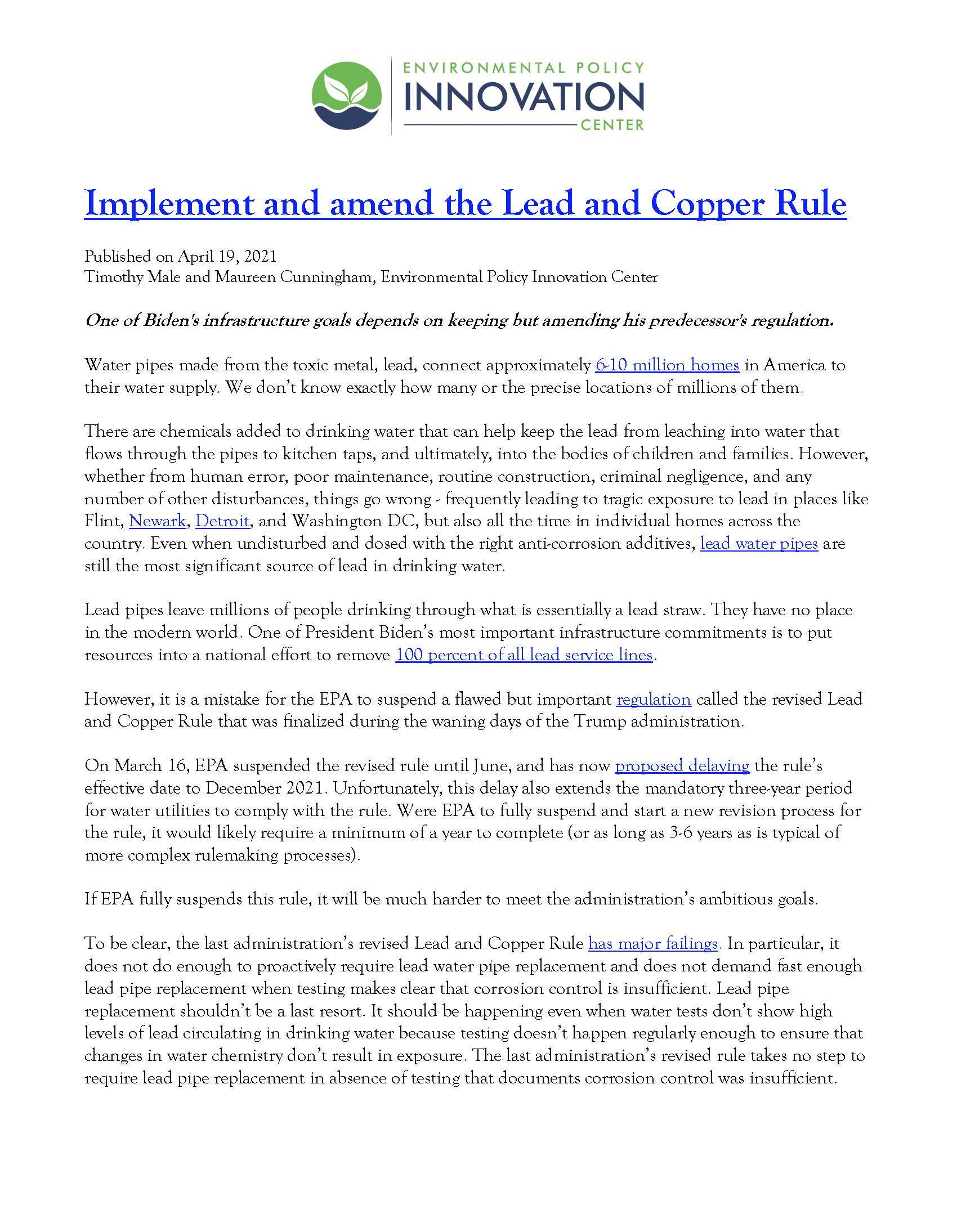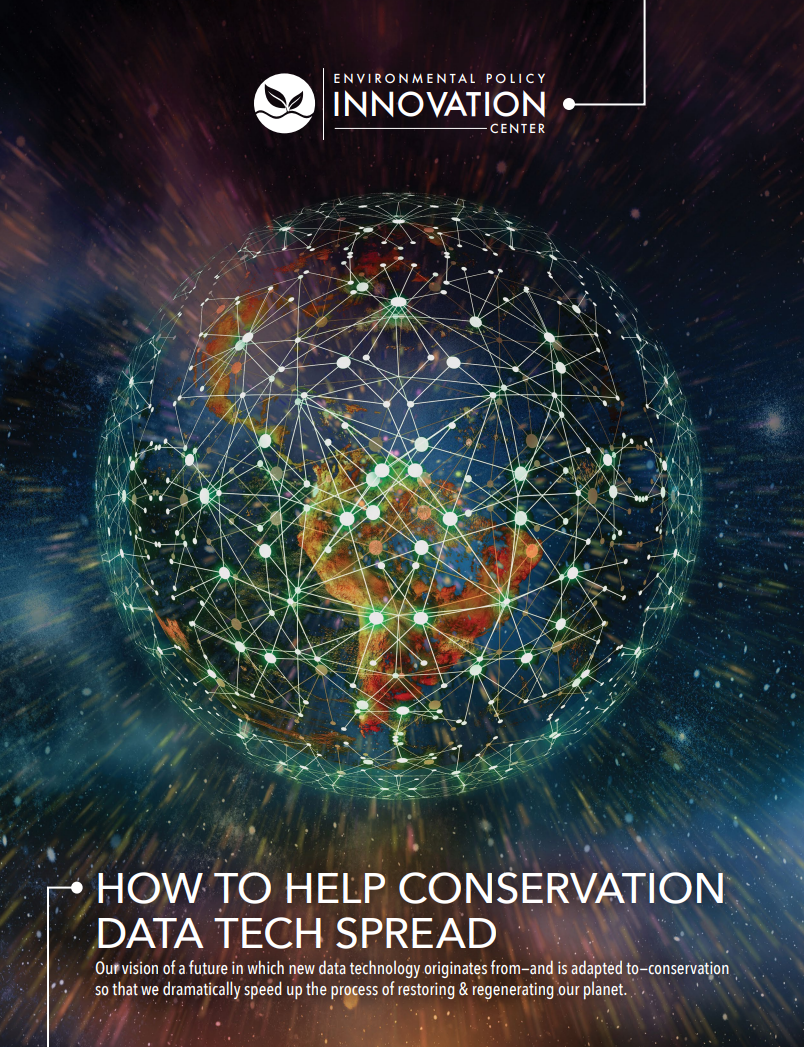Earlier this year, Gabe Watson and EmmaLi Tsai participated in a workshop hosted by Defenders of Wildlife to help researchers create better maps at the intersection of environmental justice and conservation. Decisions from the workshop resulted in this user guide & website, which walks users through a more collaborate and inclusive approach to conservation that considers biodiversity, climate change, and environmental justice. To put the framework and shared principles into practice, the guide also features a case study using the National Wildlife Refuge System to show where future land acquisition should be prioritized.
At the Environmental Policy Innovation Center (EPIC), our goal is to advance ecological restoration at scale, yet permitting costs consume up to ⅓ of project budgets. We need money to go to nature, not paperwork. Over the past two years, EPIC has quantitatively and qualitatively analyzed policies and processes related to restoration project permitting. Here we provide a case study of adoption of e-permitting technology that ameliorated many permitting bottlenecks.
Tim Male, Executive Director of EPIC, co-wrote an article in Ecosystem Marketplace with Mariana Sarmiento and Charles Bedford on how to close the biodiversity finance gap.
How could Maryland legislators build a sandbox for nature to accelerate restoration?
The US Department of Agriculture has contracted at least seven RCPP projects that used performance-based payments to buy environmental outcomes. This report profiles their challenges and successes.
Sand County Foundation and the Environmental Policy Innovation Center evaluate the successes, challenges, and immediate opportunities for watershed partnerships in the Midwest.
A report on the progress of nine Iowa cities that have signed memoranda of understanding with the state Department of Natural Resources to establish watershed partnerships.
This report describes how to proliferate connections between point and nonpoint sources of nutrients to meet permit requirements and improve water quality.
Recommendations to Strengthen EPA’s Watershed Approach To Water Quality Under the Biden Administration

Replacing Toxic Lead Pipes Faster: Innovative Procurement and Financing Approaches Are Just as Important as Federal Funding
This report explores some key questions: How do we ensure lead pipe replacement happens faster, so people no longer have to drink water contaminated by lead? What efficiencies can we put in place that have been proven to be effective in other spheres? How do we encourage other innovations that can also help speed up lead pipe replacement?
Tracking Changes in Endangered Species Recovery Status
Poor accessibility of water utilities’ consumer confidence reports

Drinking Water Equity

A Data-Driven Approach to Understanding Consolidation in the Water Sector
The Role of Data and Technology in Meaningfully Tracking Environmental Justice

Necessary Endangered Species Policies for a Rapidly Changing Climate

An Assessment of Endangered Species Act Experimental Populations

Digital Service for the Planet

Getting to 30x30: Recommendations to Support Greater Private Investment in Private Lands Conservation

Increasing State Revolving Fund Capacity through Leveraging
Private Conservation Finance: The Chesapeake Bay’s Global Lead and How to Expand It

Implement and amend the Lead and Copper Rule

Re-envisioning water quality reports

Improving Mitigation Under the Endangered Species Act

How to Help Conservation Data Tech Spread

H2Equity: Rebuilding a Fair System of Water Services for America

The Conservation of Defense: Opportunities to Promote Conservation Through Military Readiness


